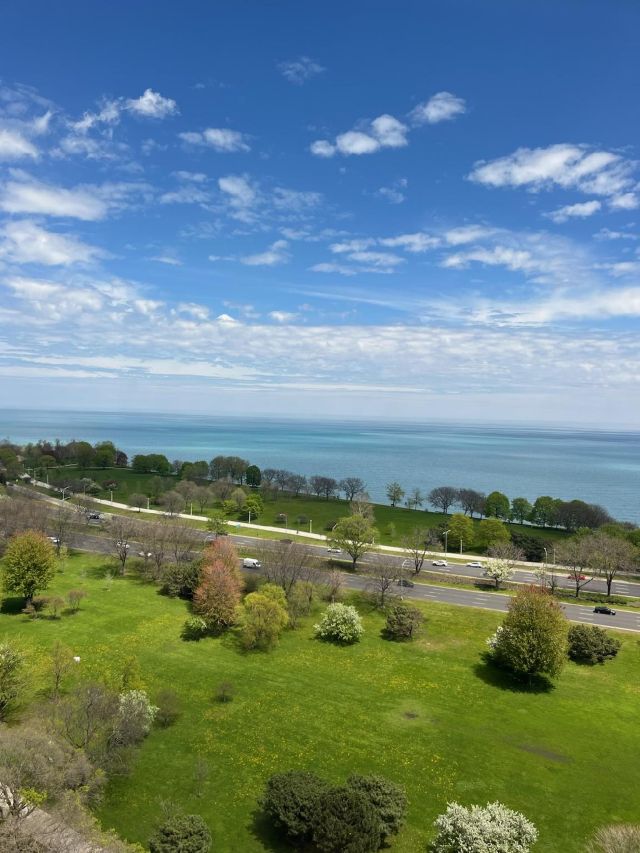Pendleton re-cements Confederate history
Published 6:00 am Saturday, November 7, 2020

- A concrete block referencing Jeff Davis Street sits on the sidewalk on SE 11th Street in Pendleton recently. The block, and others referencing the original Pendleton street names, were removed during the reconstruction of SE Byers Avenue and the surrounding sidewalks.
PENDLETON — As much as SE Byers Avenue is changing, one key feature is staying the same.
For several months, city contractors have been working on the $1 million effort to reconstruct the street’s crumbling asphalt and widen the road to make it easier for traffic and parked cars to share space. This Monday through Friday, the city is closing Byers to traffic from 7 a.m. to 6 p.m. while crews repave the road.
During the process, the city is making an effort to preserve a set of historical relics: sidewalk stamps that go back to the time when several Byers cross streets were named after figures from the Confederacy.
Public Works Director Bob Patterson said the stamps are being removed as contractors work on the sidewalks. As the sidewalks are being redone, the cement will either get a new stamp with the old name, or the antique stamps will be reinstalled in the new sidewalk.
The history
These stamps, etchings made into sidewalk corners that denote the street’s original name, can be found in the city’s older residential areas like Byers and the North HIll. Following World War II, the city changed many of its street names, but the stamps remained in place.
In the late 19th century, the section of Byers that’s being rebuilt was named Lewis Street, and it was intersected by several north-south streets named after prominent Confederate figures like Robert E. Lee, Stonewall Jackson and Jefferson Davis.
Given the politics of Pendleton’s early residents, the original street names aren’t a surprising development.
Despite never being a slave state and staying loyal to the Union throughout the Civil War, Oregon instituted Black-exclusion laws, which survived Oregon’s transition from a territory to a state in 1859 and stayed on the books for decades afterward.
Following the conclusion of the Civil War, Confederate Army veterans from Missouri and Illinois settled in Umatilla County, according to East Oregonian archives. Nearly all were Democrats, and the city of Pendleton was named after Ohio politician George Pendleton, the Democratic nominee for vice president in 1864 and an opponent of the 13th Amendment, which abolished slavery.
The debate
In recent years, activists from the Black Lives Matter movement and beyond have questioned why monuments, structures and institutions continue to commemorate figures from the Confederacy.
They argue that these commemorations aren’t just neutral markers of history, but instead enduring symbols of white supremacy and the Lost Cause ideology.
The street stamps along Byers are being preserved at the direction of Pendleton Historic Preservation Commission, a four-member body tasked with identifying, preserving and promoting historic properties.
Commission Vice Chair Kate Dimon said the group talked about the best way to preserve the sidewalk stamps, but also touched the politics of trying to preserve them in 2020. Dimon said the commission’s mission is to preserve history, regardless of what it depicts.
“A simple stamp in concrete just simply reminds us of another time and tells a different story,” she said.
As an adjunct professor at Clatsop Community College in Astoria, Dimon said she warns her students about politics interfering with the work of historic preservation.
“We have nothing left but to preserve,” she said. “People die, but old trees don’t, or old stones don’t, or pavement (doesn’t). That’s really important, I think, and I’m standing by that commitment.”






